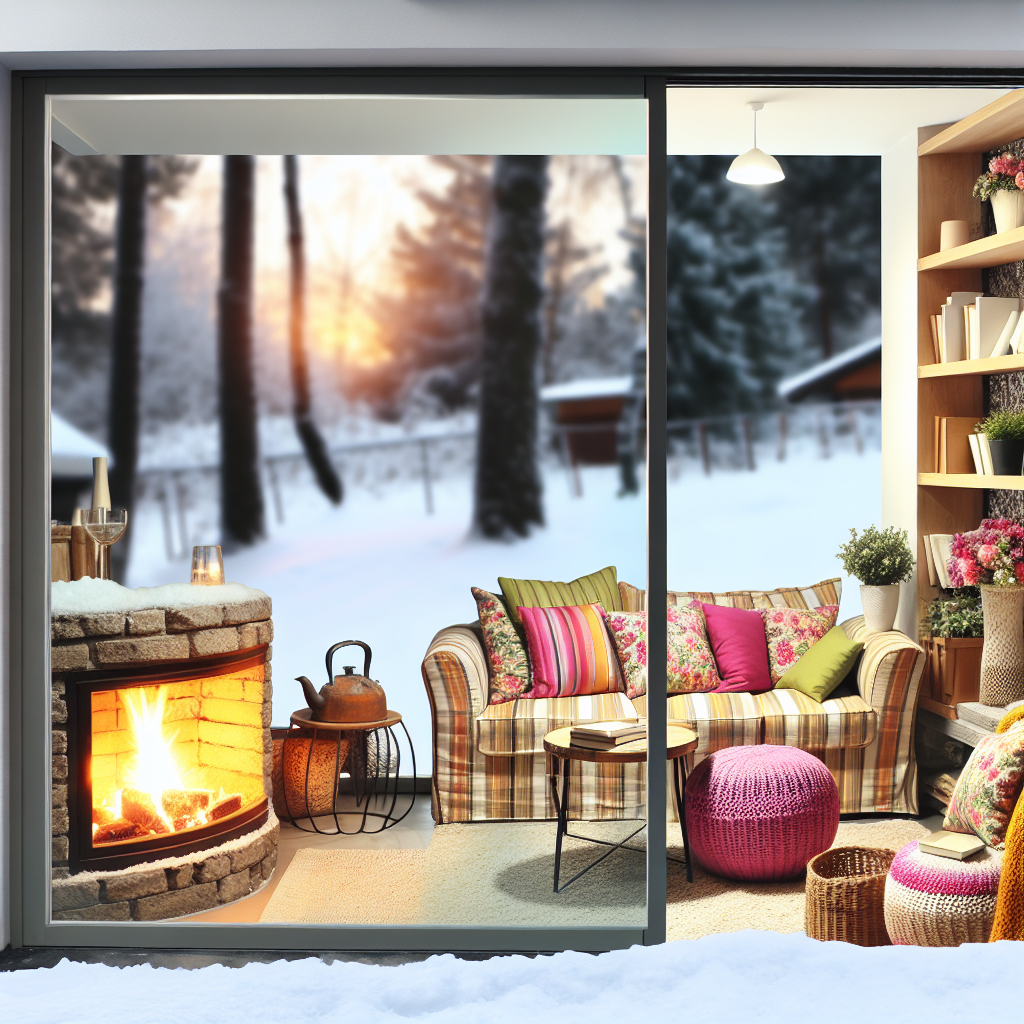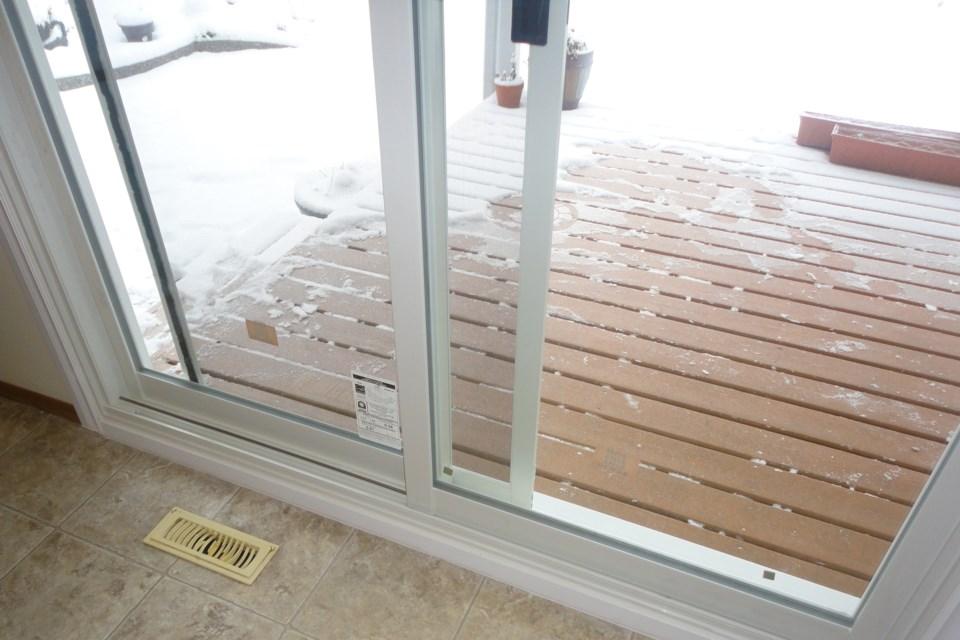
Prepare your home for the chilly months ahead by ensuring your sliding patio door is properly winterized with our expert tips.
Assessing Your Sliding Patio Door for Winter Preparation
Before you start winterizing your sliding patio door, it’s crucial to assess its current condition. Check for any visible cracks, gaps, or damage that could allow cold air to seep into your home. Pay close attention to the door’s frame, track, and weatherstripping. Even small gaps can significantly impact your home’s energy efficiency during the winter months.
Perform a thorough cleaning to remove any dirt and debris that could interfere with the door’s operation. This will also make it easier to identify areas that need repair or reinforcement. If you notice any significant damage, consider consulting a professional for repairs before proceeding with the winterization process.
Sealing Drafts: Essential Supplies and Techniques
Sealing drafts is a critical step in winterizing your sliding patio door. Start by gathering essential supplies such as weatherstripping, caulk, and a caulking gun. Weatherstripping can be applied along the edges of the door to create a tight seal, preventing cold air from entering your home.
Use caulk to seal any gaps or cracks around the door frame. Make sure to choose a weather-resistant caulk that can withstand cold temperatures. Apply the caulk evenly and allow it to dry completely before testing the door for any remaining drafts. If necessary, add additional weatherstripping or caulk to ensure a secure seal.
Installing Thermal Curtains and Other Insulation Methods
In addition to sealing drafts, consider installing thermal curtains to provide an extra layer of insulation. Thermal curtains are designed to reduce heat loss and can make a noticeable difference in maintaining a comfortable indoor temperature. Choose curtains that are heavy and have insulating properties for the best results.
Other insulation methods include using draft stoppers along the bottom of the door and applying window film to the glass. Draft stoppers can be easily placed at the base of the door to block cold air, while window film can help reduce heat transfer through the glass.
Routine Maintenance Before the Cold Sets In
Routine maintenance is essential to ensure your sliding patio door remains in good working condition throughout the winter. Lubricate the door’s track and rollers to prevent it from sticking or becoming difficult to open and close. Use a silicone-based lubricant, as it performs well in cold temperatures.
Check the door’s locking mechanism to ensure it functions properly. A secure lock will help keep drafts out and provide added security. If the lock is loose or difficult to operate, tighten or replace it as needed.
Monitoring and Adjusting for Optimal Insulation Throughout the Winter
Even after completing your winterization efforts, it’s important to monitor your sliding patio door throughout the winter. Regularly check for any signs of drafts or cold air entering your home. If you notice any issues, address them promptly to maintain optimal insulation.
Adjustments may be necessary as temperatures fluctuate. Keep an eye on the weatherstripping and caulk to ensure they remain intact and effective. By staying vigilant, you can ensure your home stays warm and energy-efficient all winter long.

